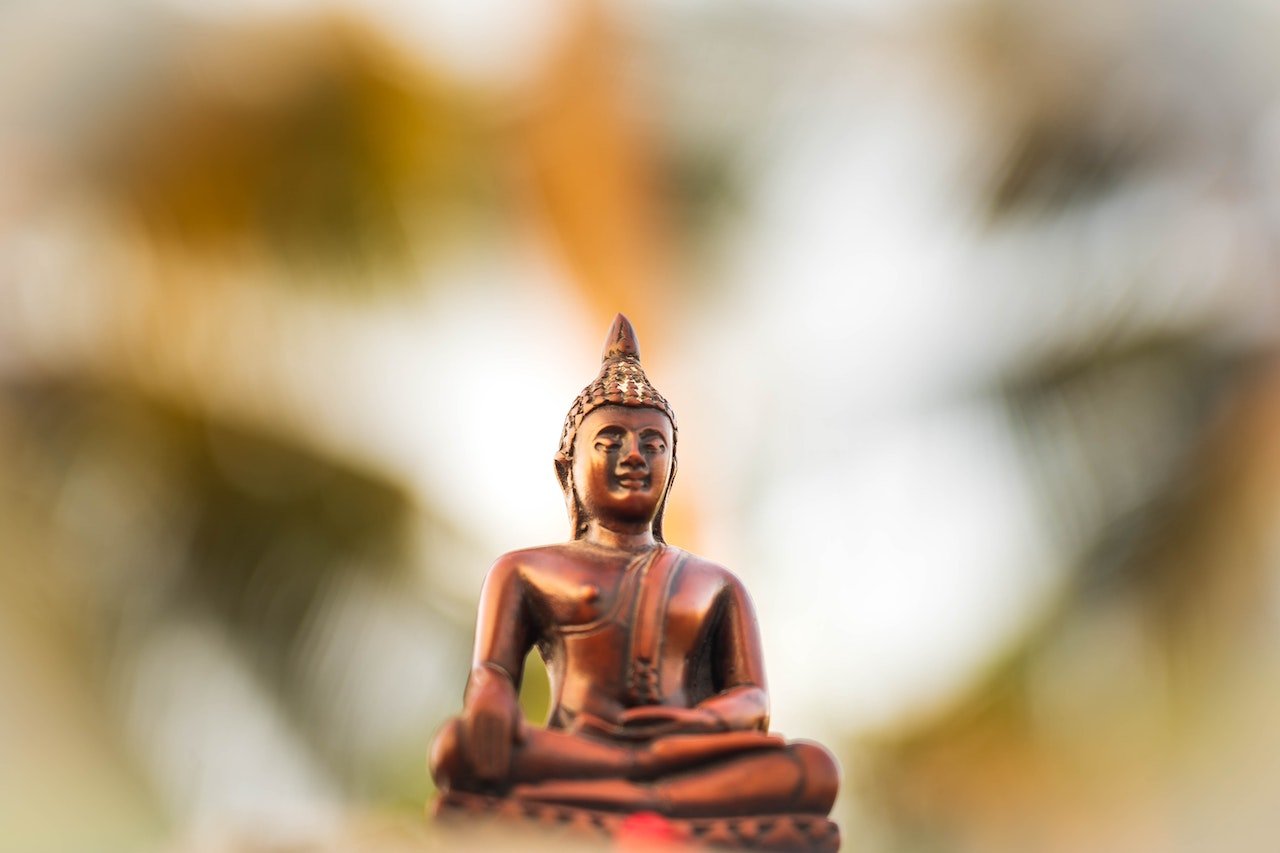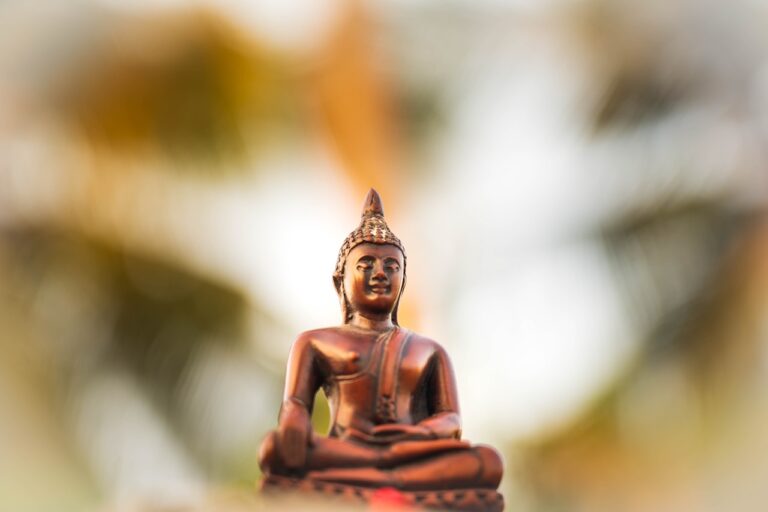When the Buddha advised the Kalamas not to mistake belief for knowledge and the important of self-reliance and the experiential testing with practices of all teachings, including his own teaching (M.I.317-20 BW.93-6). He emphasized that his teaching had a practical purpose and should not be blindly clung to.
His cultivation liked a raft made by a man seeking to cross from the dangerous shore of a river, which representing the conditioned world to the peaceful further shore, and it represents the Nirvana. (M.I.1234-5 (BTTA.77;SB.160-1) Harvey ( 2013 p.31) stated that Buddha explained such a man, on reaching the other shore, should he lift up the raft and carry it around with him on the shore? So, the Buddha therefore said, “ Dharmma is for crossing over, not for retaining.” This means that a follower should not grasp at Buddhist ideas and practices, but uses them for the intended purpose, and should know that a person who has accomplished their goal does not carry them as an identity to defend. Upon the enlightenment of Buddha under the Bodhi tree in Bodhgaya, India, he made a profound statement that “ All beings have Buddha nature and are all able to attain enlightenment”.
Thus, the Buddha advises that anyone who takes the path on the goal which leads to the cessation of suffering and reincarnation in the cycle of Samsara world, requires to take Refuge initially to the Buddha, Dharma and Sangha. According to Buddhism, all Buddhists take refuge in the three different for the awakening mind: Buddha, dharma and Sangha. How do three jewels arising from? There were originated when Gotama Buddha after his enlightenment and gave his first teaching in Sarnath, Varanasi, India in 2563 years ago to his five disciples.
The Buddha taught that the path to enlightenment required one to take refuge to the Three-jewels as the guidance to the liberation shore. What are the benefits of taking the three jewels? As stated in Harvey (2013p.245-246) that the three jewels are the elements of the Buddhist path explains as: Refuge to the Buddha as the awakened one who borne in this world like all human to set as an example to show us that all-human able to follow his cultivation path to attain enlightenment.
However, Buddha principle referred to all Buddhas of the past, presents and future, all awakened enlightened beings that inspire and guide us. Refuge to the Dharma as the Buddhist teaching which is the fundamental truths that the Buddha himself taught and recorded by his disciples as the Sutras as the truth of reality. Besides, dharma needs to be heard or read and understood, put into practice and realized. Refuge to the Sangha, this word as a term referred to the community of the Buddha’s disciples with good cultivation which usually referred to the four levels which are the ‘stream-enterer, once-returner, non-returner and the Arahat. Also referred to those well established on the paths to the fruits of cultivation, Nirvana.
In the ancient Buddhism, these usually were found in the monastic Sangha as the symbolic representatives, but also among spiritually advanced laypeople or even heavenly gods. However, in the tradition of Mahayana Buddhist, especially in the Pure-land schools, they emphasis on the Buddha-nature within, they take refuge in the three treasures in one’s own nature. The Buddha is enlightenment, the Dharma is truth, and the Sangha is purity. Taking refuge is the Buddha within oneself. They also add Noble Bodhisattvas as the Sangha refuge. In the tradition of Vajaryana Buddhist, prior to the three jewels, Vajaryana disciples take refuge to his main guru (teacher) as the representative for the three jewels. The Guru as a person able to teach and guide the disciple with dharma instruction and provides lineage Gurus empowerment to speed up his cultivation. Thus, taking refuge is where we could purify our body, speech and mind in a better living with wise thought and accumulate good merits in your cultivation in the truth of reality towards enlightenment.
Bibliography:
Harvey, Peter – 2013 An Introduction to Buddhism: Teachings, History and Practices 2013 by Cambridge University Press.
By Master Lian Zhi M.A.



